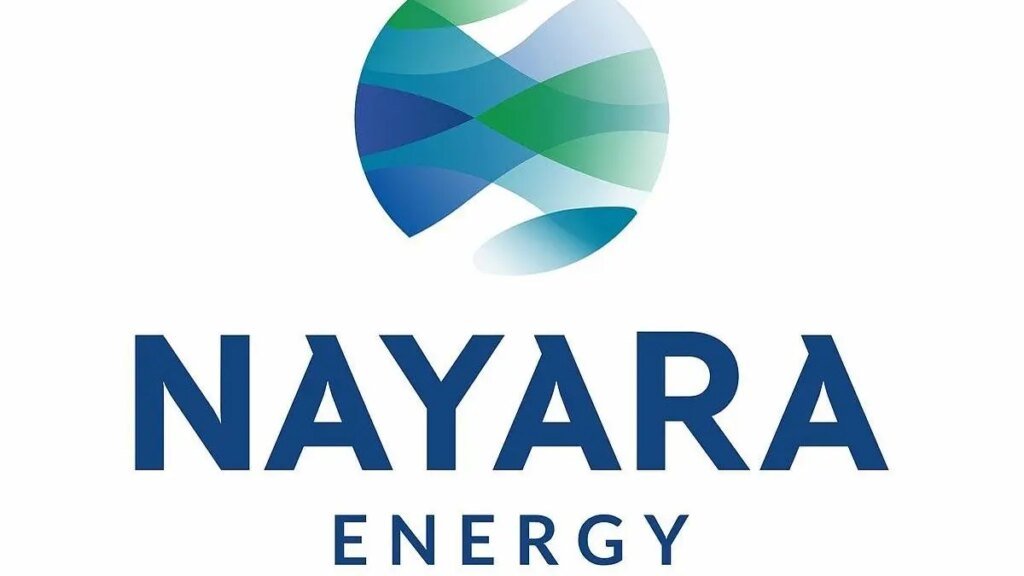CBAM to cost India 0.03% of GDP, domestic carbon tax can blunt impact: Analysis

India’s GDP could fall by 0.02 to 0.03 per cent between 2026 and 2030 due to revenue outflows if the European Union’s Carbon Border Adjustment Mechanism (CBAM) is applied without a domestic carbon pricing system, according to a new working paper.
This would also curb household consumption, with urban families experiencing the most impact due to higher prices of carbon-heavy goods.
However, if India implements its own carbon tax and keeps the revenue domestically, it can largely reduce the economic impact of the EU levy, the analysis by public policy think tank Centre for Social and Economic Progress (CSEP) said.
The EU’s CBAM is designed to impose a carbon price on imports from countries with lower environmental regulations, initially covering iron and steel, aluminium, cement, fertilisers, electricity and hydrogen.
The tariff is pegged to the carbon price in the EU Emissions Trading System (EU-ETS), which in 2026 is assumed at ₹5,200 per tonne of CO2 equivalent, with a five per cent annual rise as free allowances in the EU are phased out.
Brussels says the policy is aimed at preventing “carbon leakage”, where production moves to jurisdictions with looser climate rules, but India and other BRICS members have repeatedly criticised it as an unfair and unilateral trade measure that shifts the cost of decarbonisation onto developing economies.
The move has also sparked debate at multilateral forums, including UN climate conferences, with developing countries arguing that, under UN climate change rules, countries cannot dictate how others should reduce emissions.
The model-based analysis by former CSEP consultant Joydeep Ghosh and associate fellow Rajat Verma studies three scenarios.
In the CBAM-only case, where Indian exporters to the EU pay the carbon tariff directly to Brussels, export declines are seen across cement, aluminium, fertilisers and especially iron and steel, which account for 90 per cent of India’s CBAM-exposed shipments.
In this scenario, the EU would collect about ₹5,500 crore from Indian exporters in 2030.
Under a domestic carbon tax, referred to as the PCARBON scenario, the government could raise ₹2.93 lakh crore in 2026 and ₹3.61 lakh crore in 2030, roughly one per cent of GDP, which could be used to offset household and industry losses.
A hybrid option, PCARBON plus CBAM, halves both domestic and EU carbon rates, retains about ₹1.46 lakh crore in 2026 and ₹1.76 lakh crore in 2030 for India, and reduces the EU’s share to about ₹2,900 crore in 2030.
The authors said India’s CBAM-covered exports to the EU are only 0.2 per cent of its GDP, yet the potential impact on key sectors and household welfare warrants attention.
Without a domestic carbon price, urban households bear a larger consumption loss, while rural households are also affected. Recycling domestic carbon revenues can cushion these impacts and support a smoother transition.
The authors recommend using such revenues for green subsidies, industrial decarbonisation and targeted household compensation, alongside measures to diversify exports towards non-EU markets and improve energy efficiency.
Published on August 13, 2025



